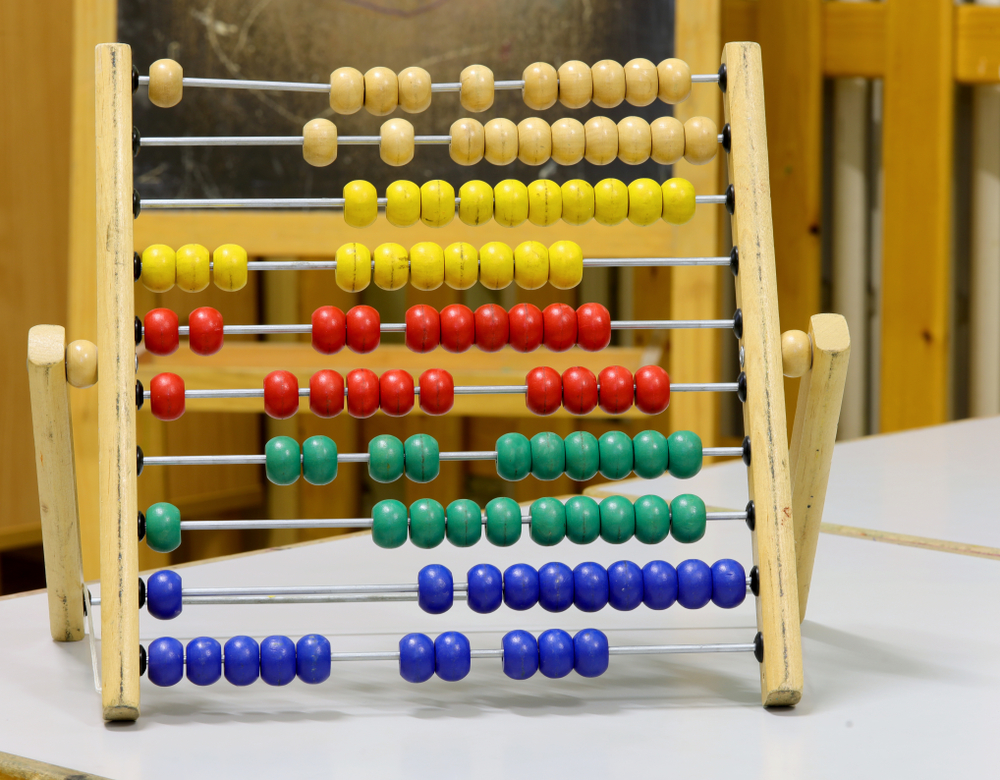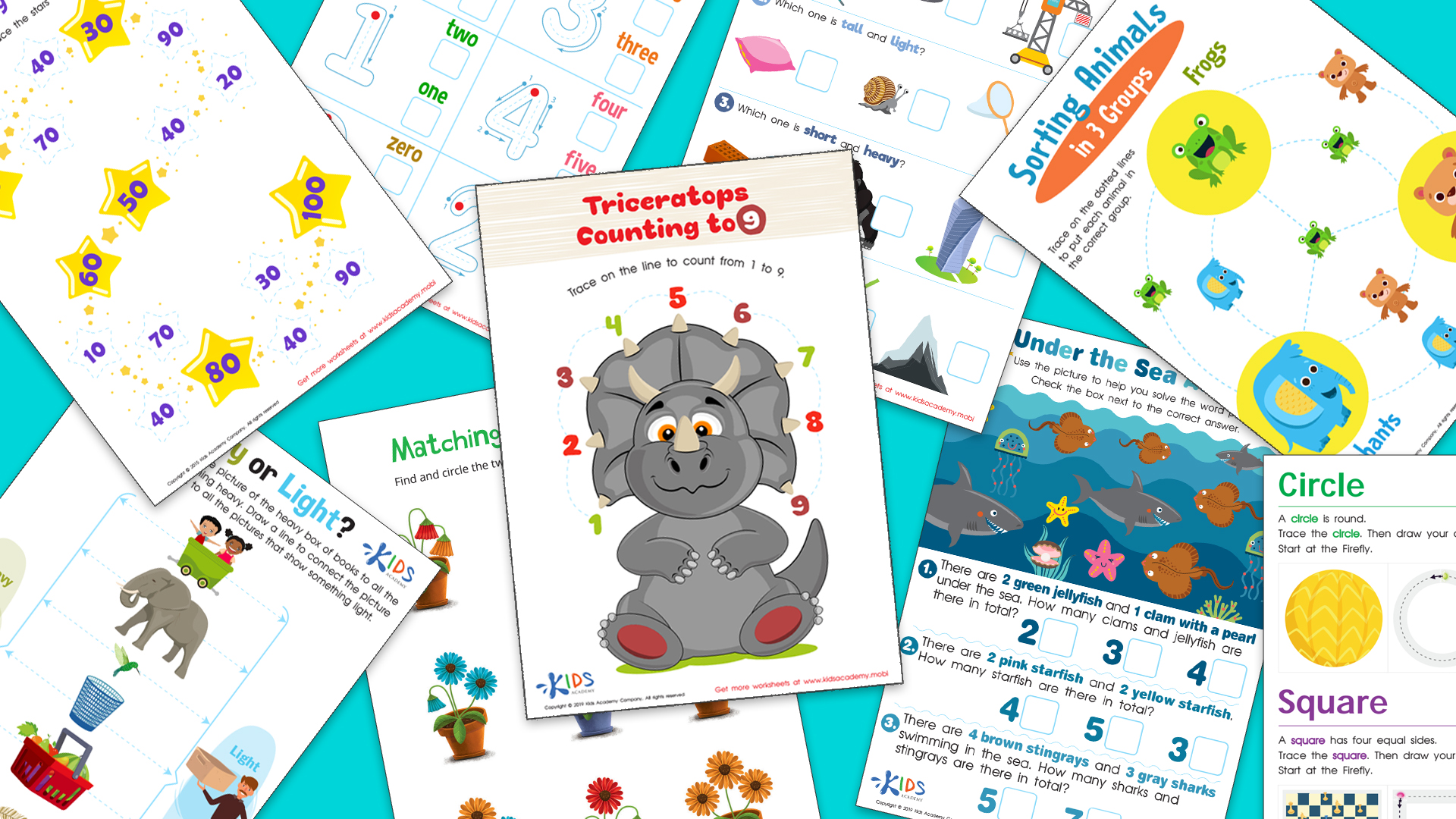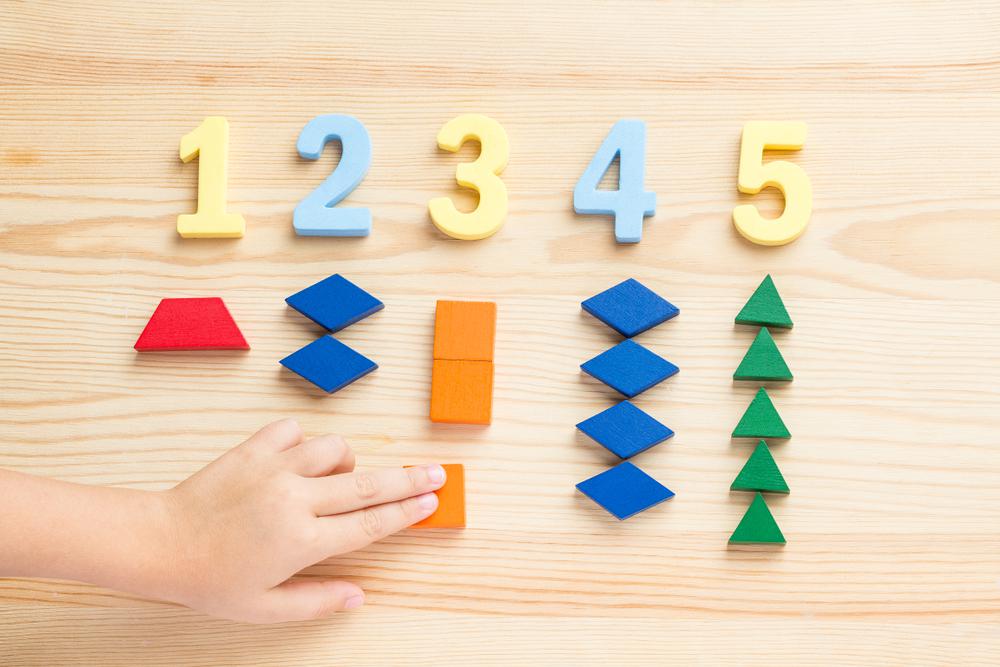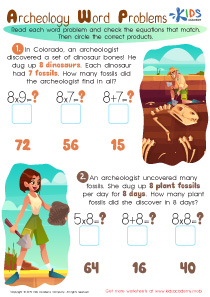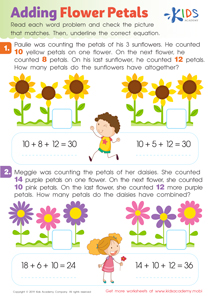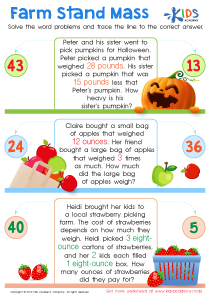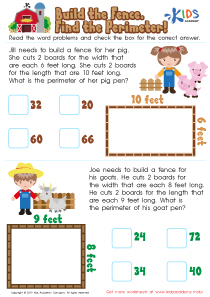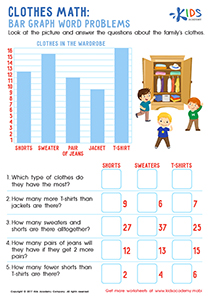Normal Addition and Subtraction Word Problems Worksheets - Page 2
29 filtered results
-
From - To
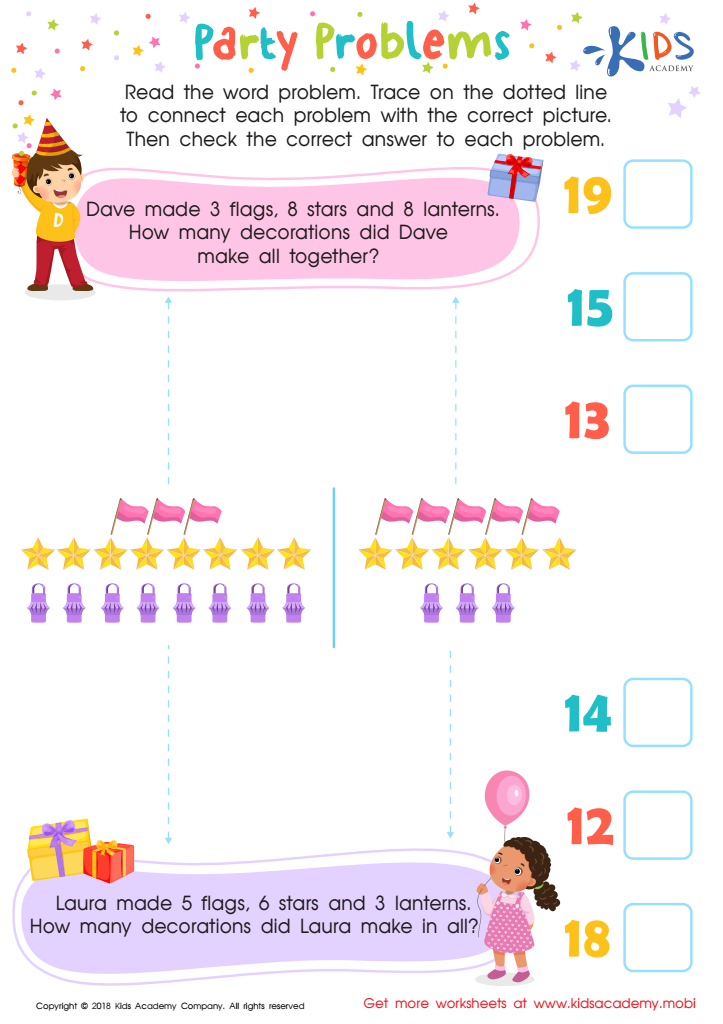

Party Problems Worksheet


Reggie's Reuse Word Problems: Subtraction Worksheet
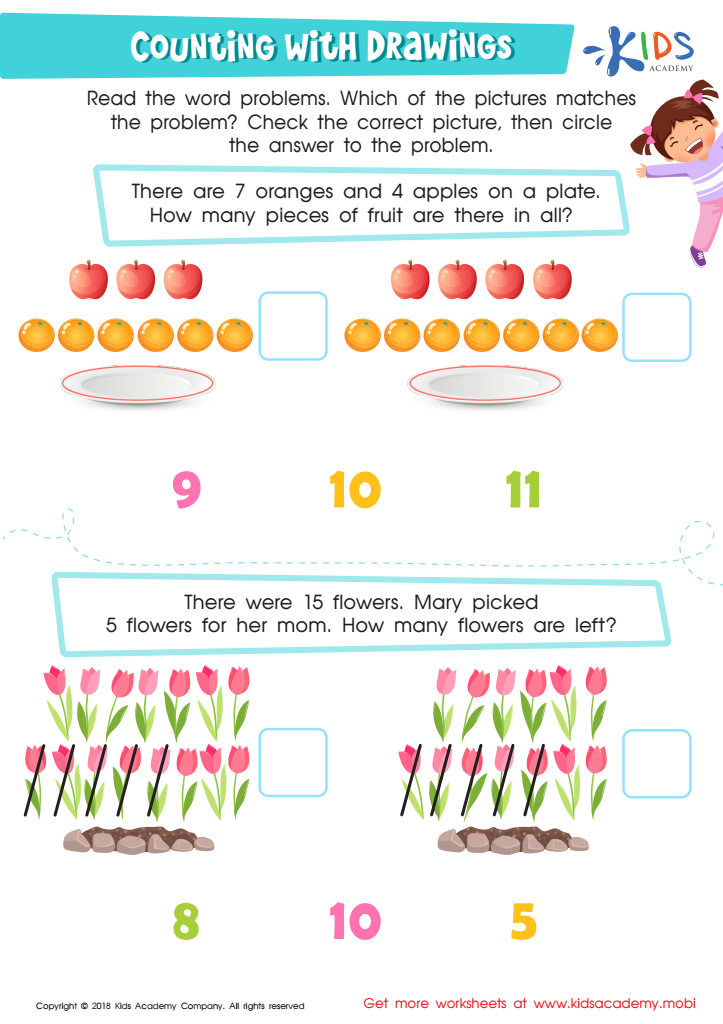

Counting with Drawings:Fruits & Flowers Worksheet
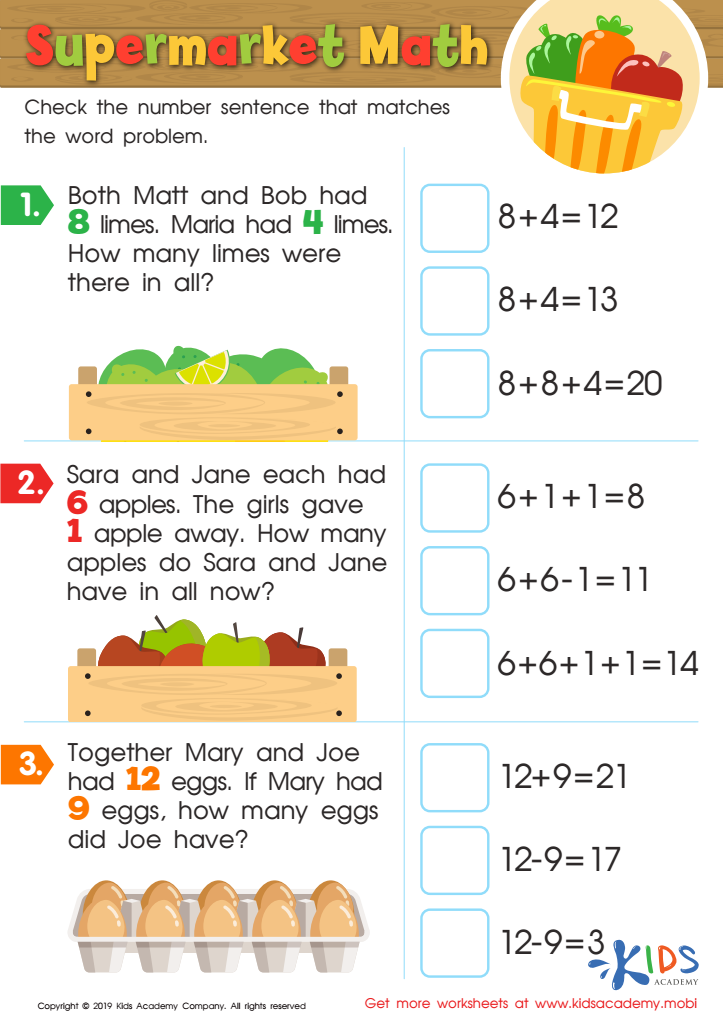

Supermarket Math Worksheet
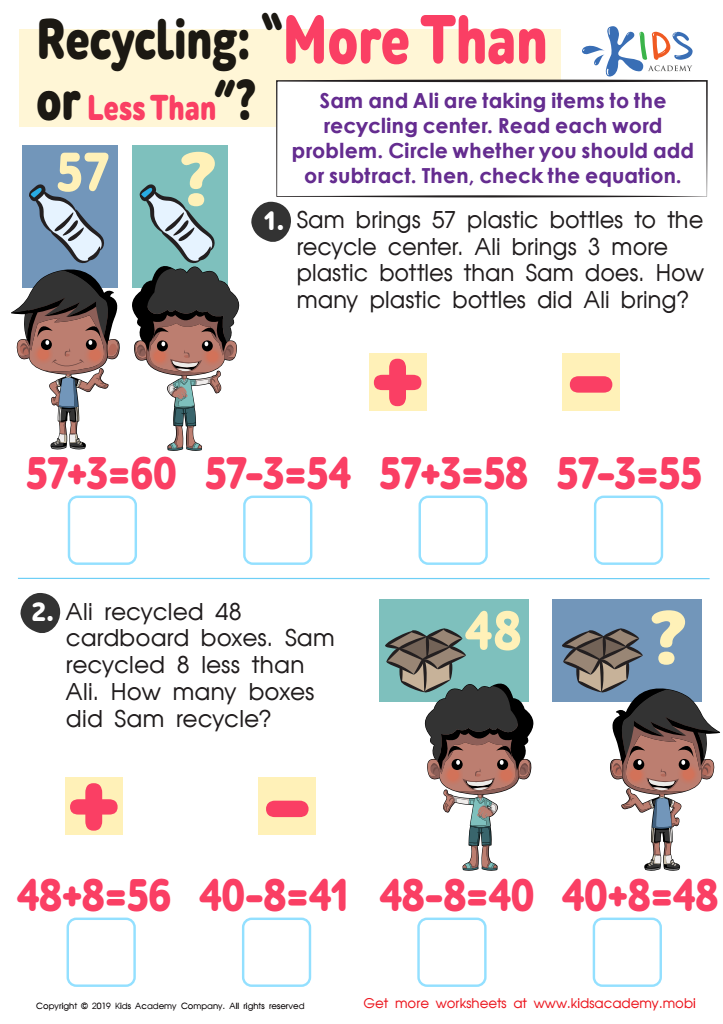

Recycling - More or Less Worksheet
The Importance of Educational Worksheets on Addition and Subtraction Word Problems
In the realm of elementary mathematics education, proficiency in addition and subtraction is fundamental. However, it's not just the ability to calculate numbers that's important, but also the capability to apply these skills in various contexts. This is where educational worksheets on addition and subtraction word problems become invaluable. These resources serve not only as tools for practice but also as bridges connecting theoretical math to real-world application.
First and foremost, educational worksheets on addition and subtraction word problems enhance comprehension skills. Word problems are designed to mimic real-life situations where students must decipher relevant information before applying mathematical operations. This requires a deep understanding of both the language used and the mathematical concepts involved. As students work through these problems, they develop critical reading skills alongside numerical reasoning. Each worksheet presents an opportunity to practice this synthesis of skills, ensuring that students are not merely calculating but truly understanding the scenarios presented.
Moreover, these worksheets contribute significantly to problem-solving skills. Unlike straightforward calculation problems, word problems often require multi-step thinking and the ability to choose the correct operation based on contextual clues. This mirrors the complexity of problems in everyday life, where solutions are seldom straightforward. Educational worksheets provide a structured way for students to practice these skills in a low-stress environment, where they can make mistakes and learn from them without real-world consequences.
In addition to fostering problem-solving and comprehension, these worksheets are essential for developing mathematical fluency. Fluency in math, much like in language, involves not only accuracy but also speed and ease of processing. Regular practice through worksheets allows students to become quicker and more efficient in their calculations. This fluency builds confidence, which in turn encourages students to tackle more challenging problems and enjoy the learning process.
Educational worksheets on addition and subtraction word problems are also incredibly versatile teaching tools. They can be used in a classroom setting for group work or individual practice, adapting to different learning styles and paces. Teachers can use these worksheets to identify areas where a student might be struggling and provide targeted support. Furthermore, they can be a resource for parents who wish to reinforce learning at home, bridging the gap between classroom and home study.
Lastly, these worksheets prepare students for standardized testing, which often relies heavily on word problems to assess students' mathematical abilities and reasoning skills. Regular practice with these problems through worksheets ensures that students are familiar with the format and types of questions they may encounter, reducing test anxiety and improving test performance.
In conclusion, educational worksheets on addition and subtraction word problems are an essential part of a student's mathematical education. They not only strengthen foundational arithmetic skills but also enhance important cognitive abilities like problem-solving, critical thinking, and comprehension. By embedding mathematical concepts in everyday language and situations, these worksheets make math relatable and understandable, helping students to see the relevance of math in their daily lives.
Moreover, these educational tools promote an interactive and engaging learning experience. Students are often more motivated when they see the practical applications of their math skills. Through solving word problems, they realize that math is not just abstract numbers and operations; it's a toolkit for solving real problems. This realization can spark a lifelong interest in math and encourage a more inquisitive approach to learning.
Additionally, using these worksheets encourages a growth mindset. Students learn that making errors is a natural part of learning and that persistence leads to improvement. Each worksheet can serve as a building block, gradually increasing in complexity and helping students to build a robust mathematical foundation one problem at a time.
Incorporating educational worksheets into the math curriculum also allows for differentiated instruction. Teachers can provide varied levels of difficulty based on their assessment of each student's abilities, thus ensuring that no student is left behind. For advanced students, more complex problems can be introduced to keep them challenged, while struggling learners can be given the necessary support to build up their skills.
Finally, these worksheets are invaluable for holistic educational assessment. Teachers can use them not just to assess knowledge of arithmetic, but also to evaluate reading comprehension, logical reasoning, and the ability to apply math in practical contexts. This rounded approach to assessment can provide more detailed insights into a student's overall academic abilities and areas needing improvement.
In summary, educational worksheets on addition and subtraction word problems are more than just practice tools; they are a fundamental component of a quality math education. They provide a structured, supportive, and effective way for students to engage with math, not just as a subject to be learned, but as a vital skill to be used throughout their lives.
 Assign to the classroom
Assign to the classroom

